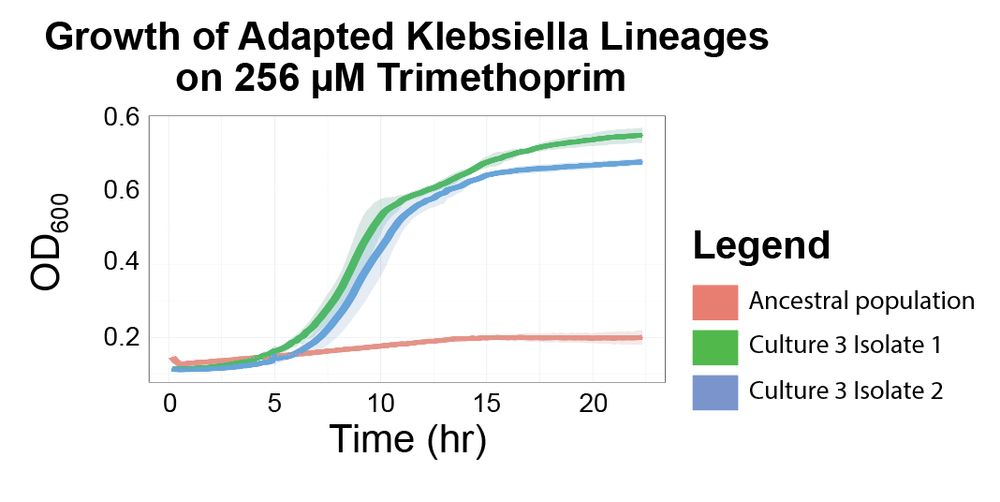PhD Candidate, UC Berkeley
ORCHID ID: 0000-0002-9174-1562
PhD Candidate, UC Berkeley
ORCHID ID: 0000-0002-9174-1562
--High-throughput sequencing and analysis
--Strain engineering (RB-TnSeq, Cas9, VcDART)
--Plant-microbe / community interaction experiments
--Analysis of large datasets in R and Python
--High-throughput sequencing and analysis
--Strain engineering (RB-TnSeq, Cas9, VcDART)
--Plant-microbe / community interaction experiments
--Analysis of large datasets in R and Python










